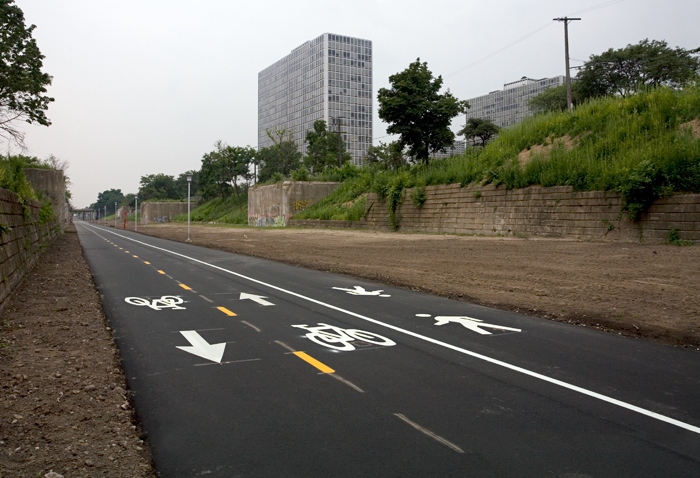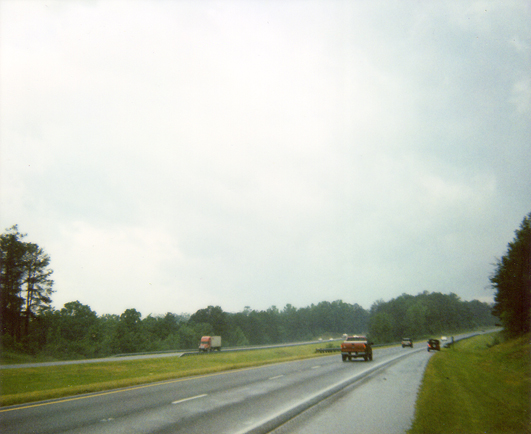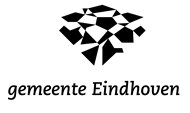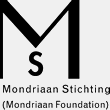The last issue of Volume magazine (www.volumeproject.org) of this year will be devoted to the topic of Sustainability. In our understanding this term has been corrupted by a cocktail of conservative ideology and the capitalist market. We at Volume decided to organise a series of research workshops to come to a better understanding of the role of design and arts in a responsible future for our cities.
The issue’s title, as for now, is ‘After Zero’. Since a sustainable society is often understood as a society of zero emission or carbon neutrality, we decided to ask ourselves: what happens after this zero emission phase is reached? What are the theoretical guidelines and interesting practices for designing a sustainable city? We think that the experiences of those who work in places such as Detroit or New Orleans are in the process of finding answers to these questions. As these places offer a radically different case study on what a normal urban condition is, namely a condition which is not only determined by capitalist development incentives, but rather a kind of post-capitalist condition with a different set of ethics. One of the issues on the table, according to us, is therefore the relation between ethics and sustainability, providing the topic for an internal seminar at the Van Abbemuseum, under the conceptual banner of the Heartland project.
The workshop will be held on the 22nd of September, 2008 at the Van Abbemuseum from 2 pm to 5pm. We have invited both creative practitioners as well as individuals working more theoretically with these issues to attend. As a possible outcome of the workshop we are hoping to compile a glossary made up of words and images relating to sustainability (ethically, artistically and spatially as some examples).



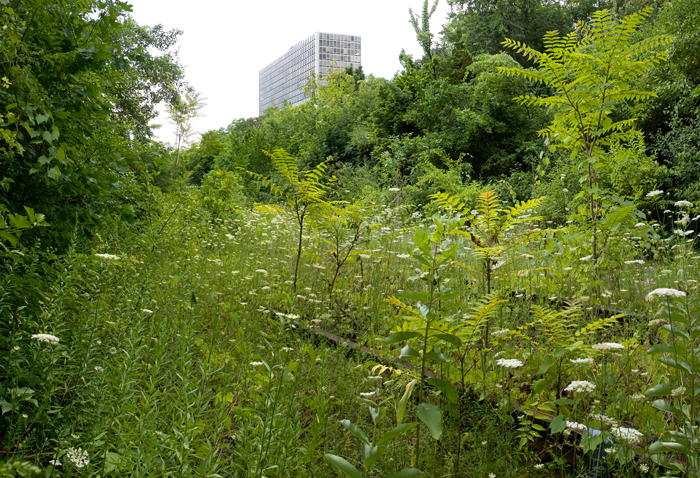 Dequindre Cut, Detroit – 2007
Dequindre Cut, Detroit – 2007